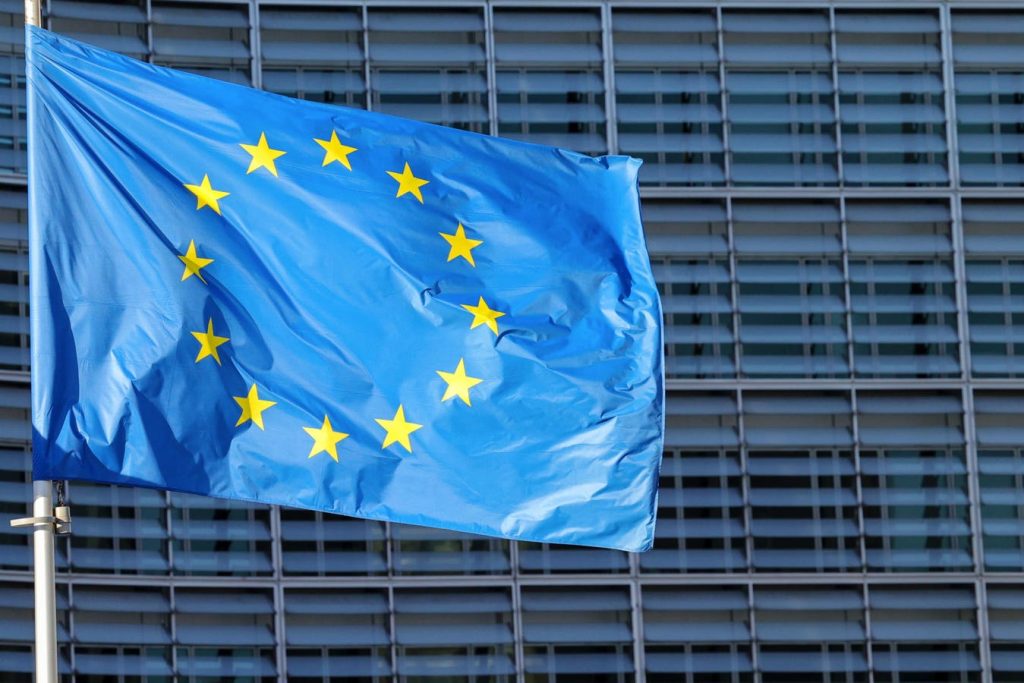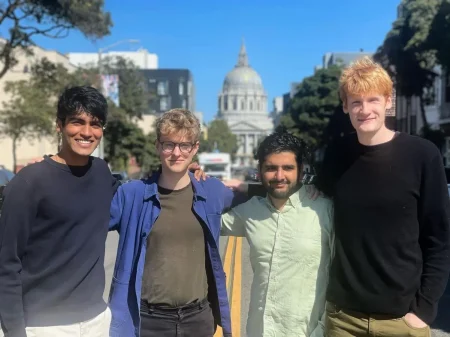Europe Enters the AI Arms Race with Open-Source Language Model Initiative
The European Union, long focused on regulating artificial intelligence rather than actively investing in its development, is launching a significant initiative to bolster its presence in the global AI landscape. Faced with increasing competition from the US and China, including the emergence of DeepSeek’s powerful and cost-effective open-source model, the EU is committing $56 million to develop its own open-source large language model (LLM). This strategic move aims to empower European businesses and governments with a foundational AI tool aligned with the bloc’s values and regulatory framework.
The project will bring together leading researchers from various EU companies and universities, focusing on developing an LLM capable of processing information in all 30 of the trading bloc’s languages. Leveraging the computational power of European supercomputers like Spain’s Mare Nostrum and Italy’s Leonardo, both recipients of EU funding, the project aims to create a robust and versatile AI platform. While the budget pales in comparison to the billions invested in American AI giants like OpenAI, it represents a tenfold increase over the reported training cost of DeepSeek’s R1 model, signaling a renewed European commitment to AI innovation.
The EU’s emphasis on open-source technology differentiates its approach from the more closed models offered by companies like OpenAI and Anthropic. Open-source models allow users to modify and adapt the technology to their specific needs, fostering greater flexibility and customization. This approach aligns with the EU’s broader focus on transparency and accessibility in AI development, ensuring that the technology remains adaptable and beneficial for a wide range of users. Furthermore, it allows for the incorporation of EU values and ethical considerations directly into the model’s framework.
The development of a homegrown LLM is also a strategic response to the challenges posed by the EU’s AI Act, which is slated to take effect in February. This legislation, aiming to regulate "high-risk" AI applications, has prompted several US-based companies, including Meta and OpenAI, to restrict access to their AI tools within Europe. Concerns have been raised that such regulatory measures could hinder European innovation and exacerbate the existing gap in AI development between the EU and other global players. The EU’s own LLM provides an alternative for European businesses and governments navigating these regulatory complexities.
The initiative echoes previous European attempts to challenge American tech dominance, notably the ill-fated attempt to create a European search engine to compete with Google. Skeptics question the effectiveness of relatively modest public funding in a field dominated by massive private investment. Concerns have been raised about the potential for fragmented efforts and limited impact, given the sheer scale of resources deployed by private sector competitors. The EU, however, views this investment as critical for ensuring its digital sovereignty and maintaining a competitive edge in the rapidly evolving AI landscape.
The EU’s investment signifies a shift in strategy, moving beyond regulation and into active participation in the AI arena. By fostering the development of its own open-source LLM, the EU aims to empower its member states and businesses with a powerful tool while simultaneously upholding its values and regulatory principles. The success of this initiative will play a crucial role in shaping Europe’s future in the global AI landscape and mitigating the risks of falling behind in this critical technological domain. The project also seeks to address concerns about over-reliance on foreign AI providers and the potential for misalignment with European values and regulations. This strategic move signals a renewed European determination to compete in the global AI race and ensure its digital sovereignty in the years to come.















